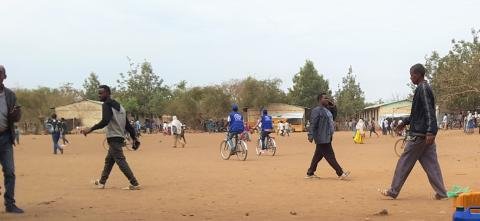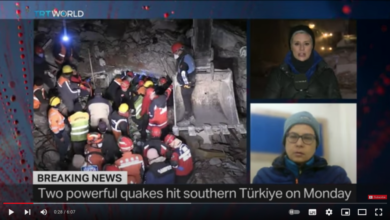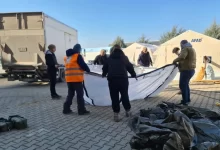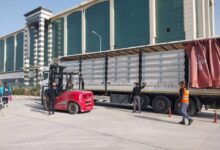
Over 131,000 people are displaced in 39 accessible locations in Ethiopia’s Tigray region and neighbouring Afar and Amhara according to the International Organization for Migration (IOM) ’s Displacement Tracking Matrix (DTM) survey, the first official data of this type on the crisis in Northern Ethiopia that began in November 2020.
The data are not indicators of the total number of persons displaced due to the crisis, but rather represent only the number of internally displaced persons (IDPs) in sites accessible to DTM surveyors.
Almost 70 per cent (91,046) are in Tigray, 26 per cent (34,091) are in Afar and 5 per cent (6,453) are in Amhara. Many displaced persons – including women and children – reportedly are in need of emergency shelter, food and access to clean and safe drinking water.
Since the beginning of the crisis, IOM has been monitoring the humanitarian and displacement situation through its Emergency Site Assessment (ESA), an area-based assessment, which captures the number of displaced persons, their locations and needs. This new assessment was conducted from 22 December to 14 January, and the findings from this data collection exercise were released this week.
The DTM gathers and analyzes data on population estimates, vulnerabilities, and the needs of displaced populations. In the three regions, IOM identified 30,383 displaced households.
IOM’s Displacement Tracking Matrix will continue to expand its assessment coverage in the north so that the needs of more internally displaced persons can be assessed.
Since 2018, the Displacement Tracking Matrix has been the official source for displacement numbers in Ethiopia. DTM works in collaboration with the National Disaster Risk Management Commission (NDRMC).
The ESA is conducted monthly to capture changes in the displacement dynamics and needs and is deployed in all accessible locations that reportedly host 20 IDP households or more. The information collected includes data such as population estimates, demographics, vulnerabilities, multisectoral needs and functionality status of infrastructure and services. This assessment captures detailed information through key informants, focus group discussions and direct observation.
The assessment was conducted in Western, Northwestern, Southeastern and Southern zones of Tigray region, as Central and Eastern zones were not accessible during the time of data collection.
Source: IOM







